Tarmac, Asphalt, & Macadam Explained
When you recieve a quotation from us, you will often see terms Tarmac, Asphalt and Macadam, and abriviations you might not undertsand. Specific technical material desciptions that are necessary for clarity, but to someone not in the industry might not mean much. Below is a summary of what Asphalt Surfacing and Macadam Surfacing mean, where these terms come from, and what we mean when we use these so you are better informed about the products we provide.
Asphalt Surfacing
When we talk about Asphalt Surfacing, we used to generally be talking about the use of Stone Mastic Asphalt (SMA) or Hot Rolled Asphalt (HRA). These materials are often used on roads, with the SMA becoming the preferred material for the Highways Agency because of the reduced noise levels produced by traffic.
However, through more European alignment, Macadams and Asphalts have been brought under one umbrella term; Asphalt Concrete. So, for example, what used to be known as a 20mm Dense Bituminous Macadam (DBM) is now termed an AC20 (Asphalt Concrete in 20mm).
SMA and HRA are almost always used as a Surface Course layer of the construction, but materials such as an AC20 are used beneath the surface course so now we talk about Asphalt forming more than just the surface course layer because of this European alignment which brings in Macadams.
In terms of construction, once the Groundworks, or sub-base, are completed the base, binder and surface course are constructed, depending on the client’s specification and the use of the road or other areas
Terms such as Asphalt, Macadam, Tarmac, Bituminous Macadam and Bitmac may be used loosely both within and outside of the construction industry, so it is important to be sure what your requirements are. We can help and are more than happy to consult on whatever project you are working on.
You should also note that Americans use the term Asphalt to refer to a substance that we in the UK and Europe call Bitumen. Bitumen is a thick and sticky by-product of the fractional distillation of crude oil which is used to bind aggregate and minerals in both Asphalt and Macadams or Tarmac.
Macadam Surfacing
Macadam is also referred to as Tarmacadam, which is where the name Tarmac (actually a brand name) came from. It is also referred to as Bituminous Macadam and Bitmac.
Macadam was invented by John MacAdam in the 1800s who bound smaller aggregates together using naturally occurring tar, hence the term Tarmacadam. The industry now uses a by-product of the oil refining process called bitumen to bind the aggregates together, giving us the term Bituminous Macadam or Bitmac.
This explains how confusion can arise through the use inside and outside of the industry for ultimately the same thing.
In addition, you may come across the term Asphalt Concrete (mentioned above). This is now the umbrella term which encompasses what we knew as all Macadams and Asphalts. You should note that when speaking with our American friends, they use the term Asphalt to describe what we call Bitumen.
Macadams can come in a variety of colour finishes, which may add to the cost. The colours vary depending on the supplier and we are more than happy to discuss the options with you.
Macadam and Asphalt materials are laid in layers, depending on the construction required for the desired use; whether it road surfacing, driveway paving, a car park resurfacing or just a footpath for example. These layers are called (from the bottom up) Base Course – formerly Road Base; Binder Course – formerly Base Course; and Surface Course – formerly Wearing Course. These terms were recently aligned across Europe.
Contact us today and we will be more than happy to advise on the best construction specifications for your project and will be able to recommend the appropriate material.
Call 01296 714445 or send us an email and one of our team will be in touch
Mark Edwards
Surveyor, Edwards Surfacing
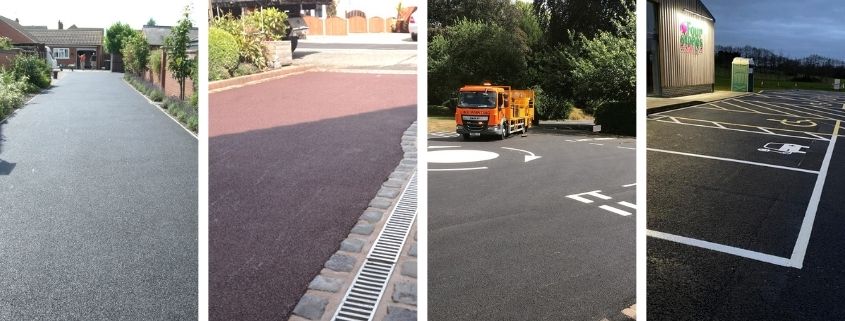
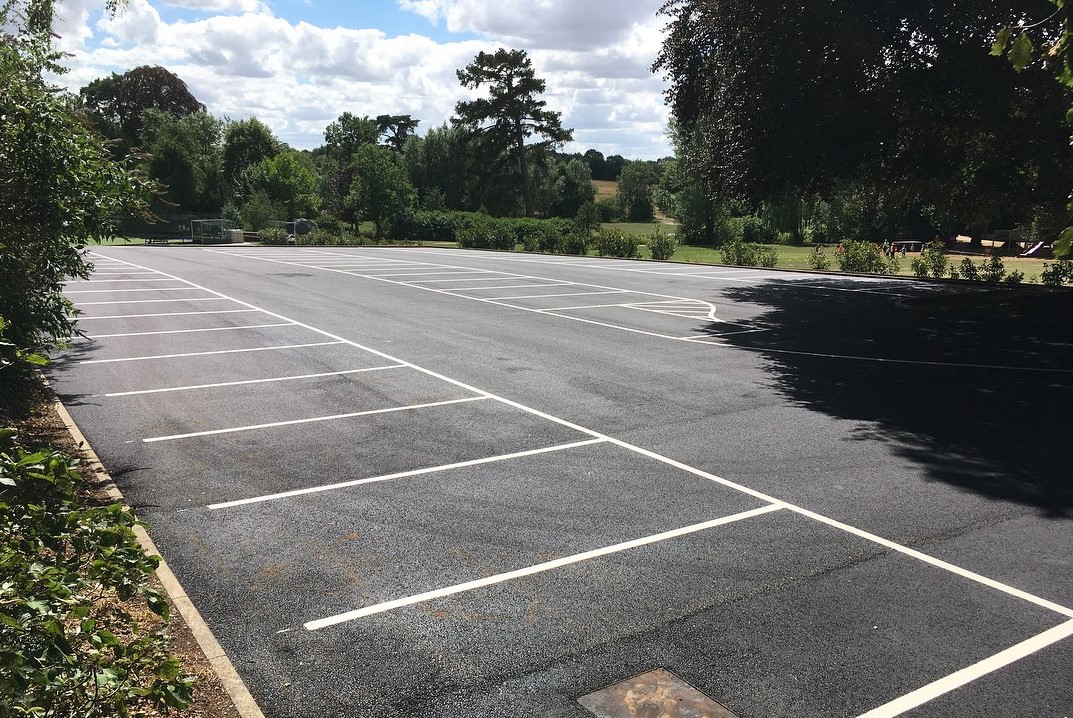


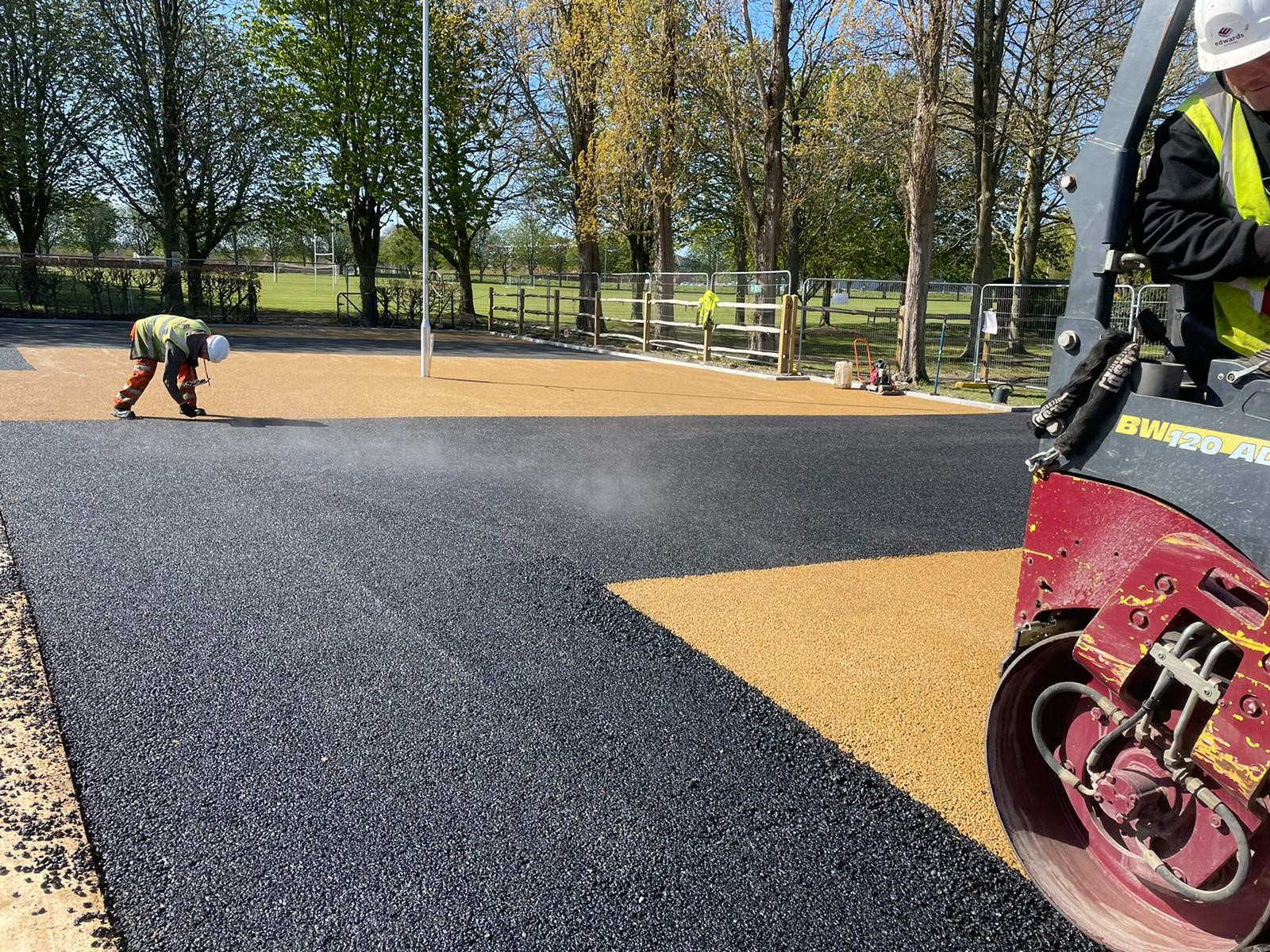
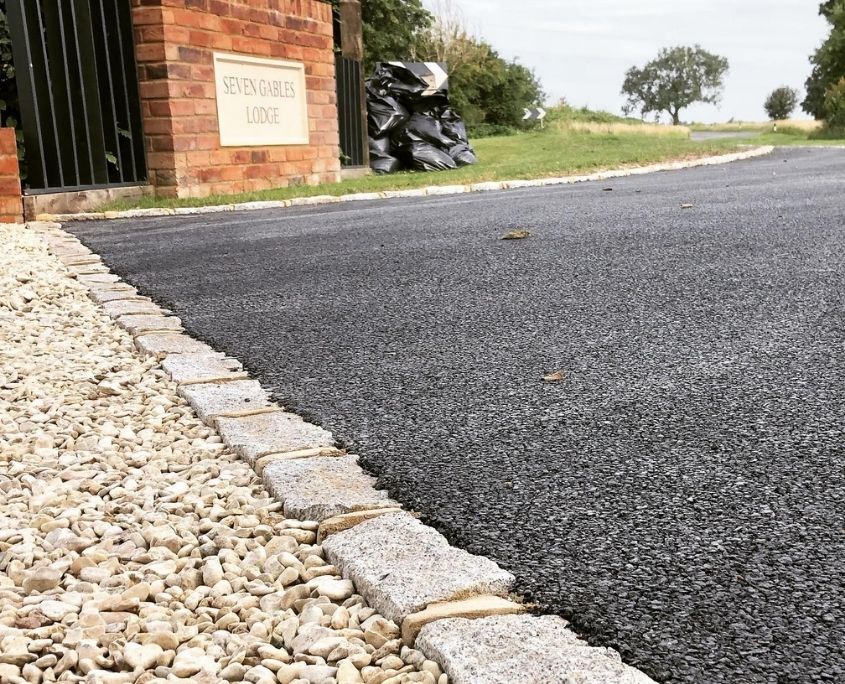
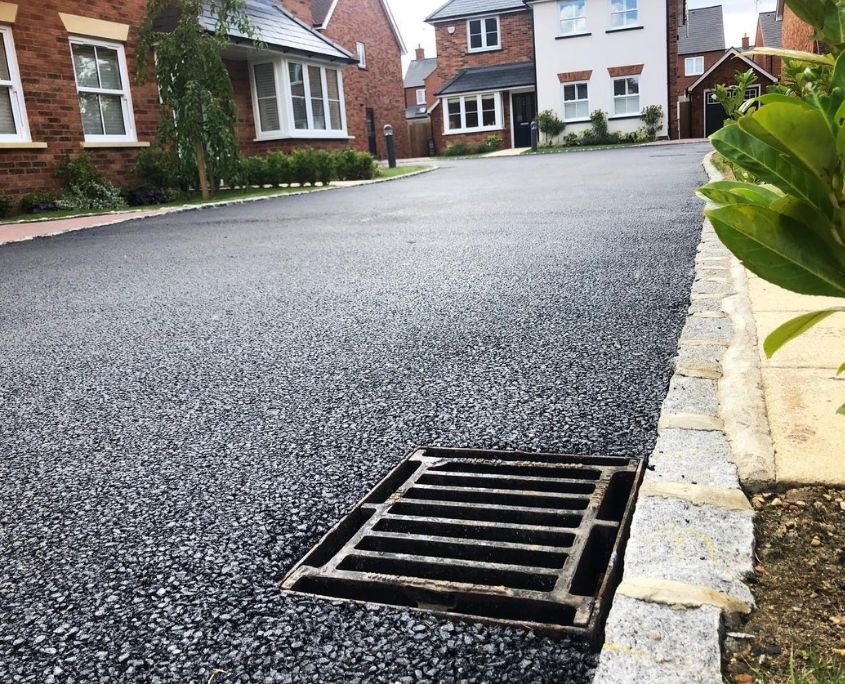
Leave a Reply
Want to join the discussion?Feel free to contribute!